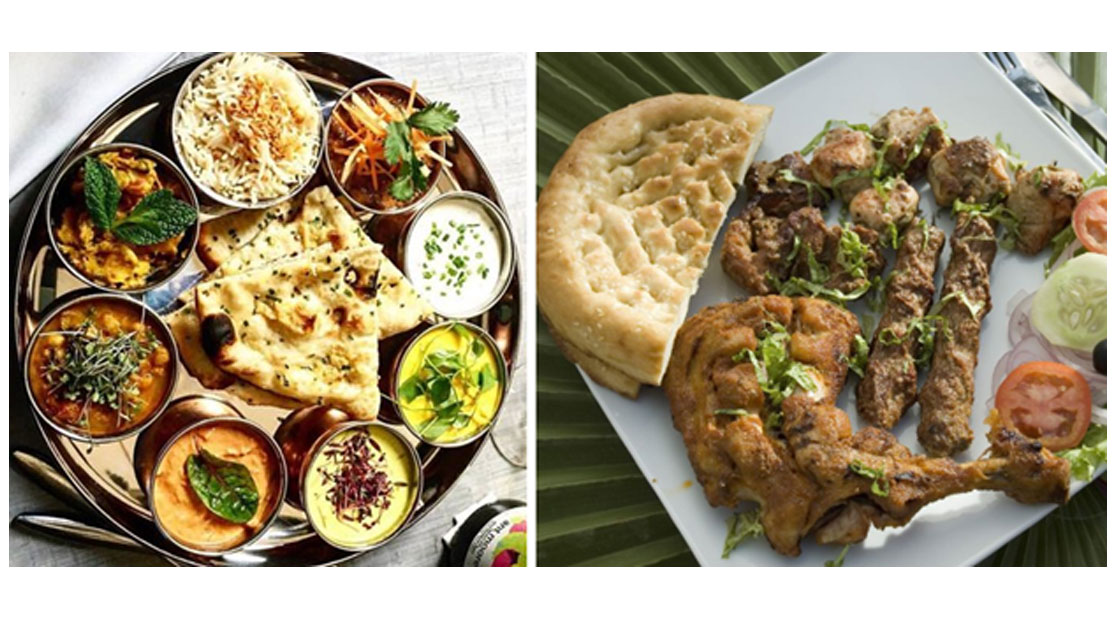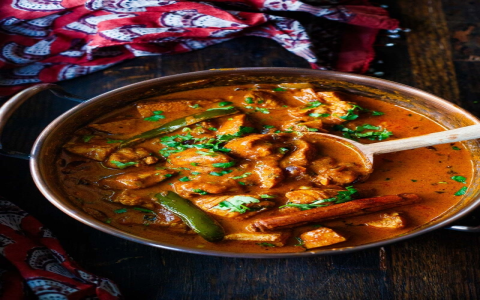Alright, so someone cornered me the other day, you know how it is, and they were like, “Hey, what’s the actual difference between Pakistani food and Indian food? Isn’t it pretty much the same stuff?” And I kinda paused. I mean, I’ve eaten a ton of both over the years, but could I really spell out the nitty-gritty? That got me thinking, and more importantly, it got me hungry for a bit of an experiment.
So, I decided to do a little deep dive, my way. No dusty books, just my taste buds and my trusty (mostly) kitchen skills. First off, I went to a couple of local joints. One was this amazing Pakistani place, the kind that always smells incredible, and the other, a well-known Indian restaurant that’s been around for ages. I made sure to order things that felt like signatures, you know?

My Kitchen Adventures
Then, the real fun began. I rolled up my sleeves and decided to try cooking a few things myself. My kitchen pretty much looked like a spice bomb had gone off for a week. I pulled out all the stops – or rather, all the masalas.
What I started noticing, especially with the Pakistani dishes I attempted, was a real love for meat. And I mean, serious meat dishes. I tried my hand at a slow-cooked Nihari, and let me tell you, the richness! And then there were the kebabs – chapli kebabs, seekh kebabs. Lots of lamb, beef, and chicken, often as the main event. Things like Haleem too, that slow-cooked meat and lentil goodness. It felt very hearty, very robust.
- Nihari (slow-cooked meat stew)
- Chapli Kebab (minced meat patties)
- Haleem (meat and lentil porridge)
- Paya (trotter stew)
On the Indian side, while there’s amazing meat stuff too – hello, tandoori chicken and rogan josh – I also found myself exploring this incredible universe of vegetarian dishes. I mean, the variety is just mind-blowing. I whipped up a dal makhani that I was pretty proud of, experimented with a couple of paneer recipes, and a simple aloo gobi. The sheer number of ways vegetables and lentils are transformed is just fantastic. It’s not just an afterthought; it’s a whole world of flavor.
- Dal Makhani (creamy black lentils)
- Saag Paneer (spinach and cottage cheese)
- Aloo Gobi (potatoes and cauliflower)
- Chole Bhature (chickpea curry with fried bread)
The Spice Connection and Beyond
Now, spices. Both cuisines use a lot of the same foundational spices: cumin, coriander, turmeric, chili, garam masala. That’s a given. But what I felt, and this is just my take from all this eating and cooking, is that the emphasis can be a bit different. Maybe it’s the specific blends, or how much of one spice is used over another in certain signature dishes. For example, I noticed some Pakistani dishes had a certain warmth or fragrance that I couldn’t always place, maybe from specific regional spice blends or a heavier hand with things like black cardamom or mace in certain preparations. It’s subtle, you know?
And then you realize, both “Pakistani cuisine” and “Indian cuisine” are massive umbrellas. The food in Karachi is going to be different from Lahore, just like food from Kerala is a world away from Punjabi food in India. There’s so much regional variation within both countries. A lot of North Indian food, especially Punjabi cuisine, has a ton of overlap with what you find in many parts of Pakistan. That shared history, right? It’s all there on the plate.
Breads are pretty similar too – naan, roti, paratha. You find amazing versions of these everywhere. Maybe some regional specialties, but the basics are beloved on both sides.
So, What’s the Verdict?
After all this eating, cooking, and making a general mess, what did I conclude? Are they identical twins? Not quite. Are they complete strangers? Definitely not. I’d say they’re like close siblings. They grew up in the same broader cultural kitchen, for sure. They share a lot of the same DNA – those core spices, cooking techniques like the tandoor, and many fundamental dishes.

But, like siblings, they’ve also developed their own distinct personalities. Pakistani cuisine, from what I experienced, often leans more heavily into those rich, meat-centric dishes, with perhaps a different aromatic profile in some cases. Indian cuisine showcases that incredible spectrum of vegetarian cooking alongside its own fantastic meat and fish preparations, with a diversity that reflects its vast geography and varied cultural influences.
Honestly, the biggest takeaway for me was just how incredibly delicious both are. My main “practice” really just involved a lot of happy eating. And isn’t that what it’s all about? Exploring these nuances is fascinating, but at the end of the day, good food is good food. And there’s a whole lot of it to enjoy from both traditions.












